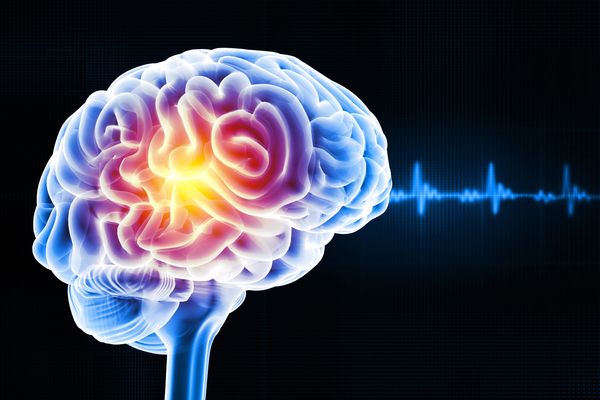Services at Fenix Health
Biofeedback
Individual therapy
Individual therapy

Biofeedback therapy is a method that enables patients to enhance their control and awareness of their bodies. This therapy involves monitoring physiological responses to stress, such as heart rate, using sensors and mindfulness techniques. The data collected helps patients learn to manage bodily functions like hyperventilation that can occur due to stress or fear. Furthermore, biofeedback therapy is often integrated with cognitive behavior therapy, which helps gradually desensitize the fear response related to specific objects, situations, or thoughts in a safe and controlled environment. By employing these stress reduction techniques, patients can achieve better emotional regulation.
Individual therapy
Individual therapy
Individual therapy

The primary therapies utilized in our practice include cognitive behavior therapy (CBT), acceptance and commitment therapy (ACT), and biofeedback therapy. CBT focuses on identifying and modifying distorted or judgmental thought patterns into more rational ones, while ACT aims to change one's relationship with their thoughts and feelings. Additionally, we incorporate stress reduction techniques to enhance overall well-being. These therapies can be used separately or in combination, depending on the goals set by each patient. By individualizing treatment, patients gain greater psychological flexibility and strengthen actions that lead them closer to their values.
Stress Reduction

The aim of stress reduction sessions, as the name implies, is to help build resilience and reduce both trigger-based and generalized stress. These sessions incorporate various stress reduction techniques, including biofeedback therapy and cognitive behavior therapy, to enhance mindfulness practices, learn effective stress modification methods, and implement them during structured at-home or in-office visits.
Autonomic therapy (Post Concussive treatment)

Utilizing mind-body practices like diaphragmatic breathing, meditation, and cognitive reframing, along with stress reduction techniques such as biofeedback therapy and cognitive behavior therapy, patients learn to activate the 'rest and digest' parasympathetic nervous system. By activating the parasympathetic nervous system, this helps the body shift from a 'fight or flight' stress response into a more balanced state that alleviates many symptoms plaguing patients post-concussion.